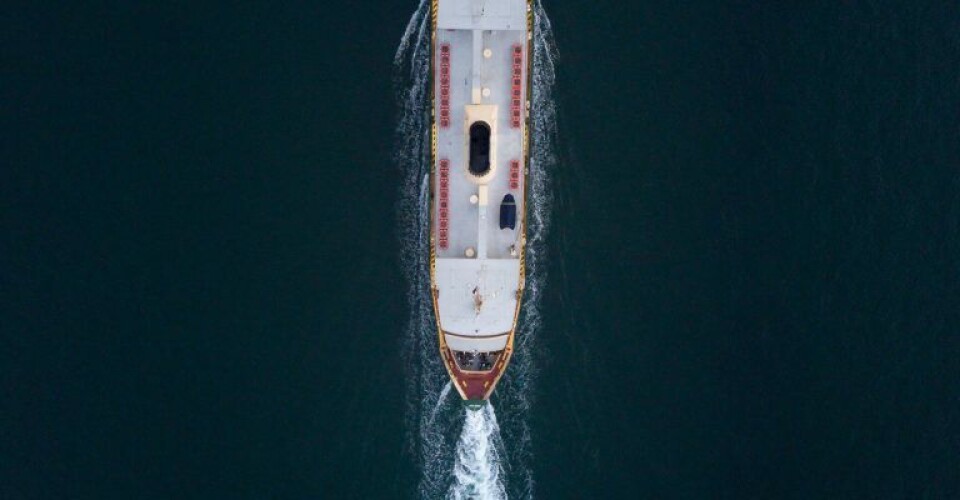New study suggests anti-fouling may be major source of microplastics

A team of scientists from the University of Oldenburg suspect that the anti-foiling paints used to prevent marine growth on ships’ hulls may be a major source of microplastics.
A new study has found evidence that ships’ anti-fouling leaves a trail of microplastic in the sea. Environmental chemists from the University of Oldenburg took samples from multiple locations in the German Bight and found that many of the microplastics matched those found in anti-fouling coatings.
“Our hypothesis is that ships leave a kind of ‘skid mark’ in the water which is of similar significance as a source of microplastics as tire wear particles from cars are on land,” said lead author Dr Barbara Scholz-Böttcher.
The team’s findings suggest that several thousand tonnes of marine paint end up in European waters every year. The plastic particles are likely accompanied by biocides intended to retard marine growth, meaning the environmental consequences are likely to be serious.










